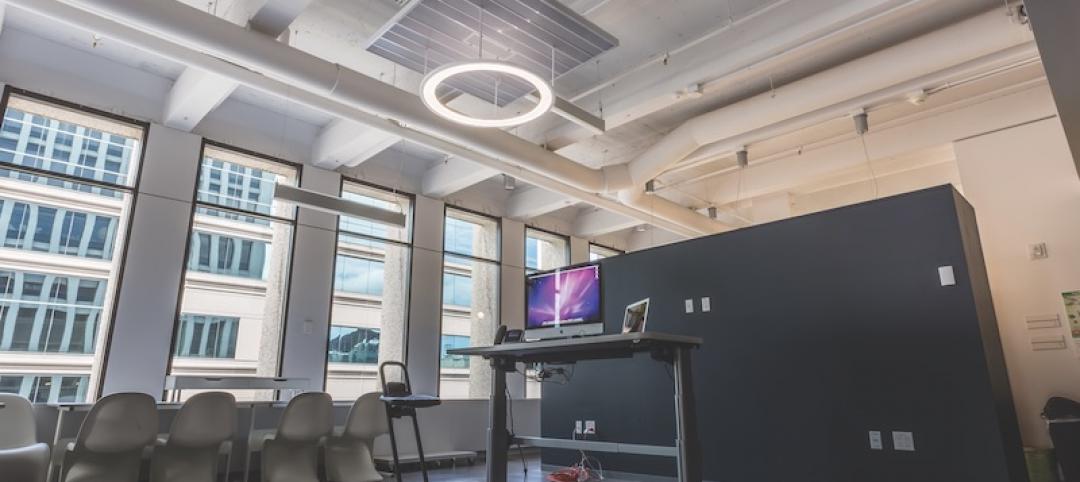When earthquakes occur, it is the older buildings that often collapse first because they are not engineered to resist powerful earthquake forces. Those newer buildings, however, that look structurally sound often sustain non-structural damage that, despite appearances, can become unusable. This is what happened last week in Christchurch, resulting in many buildings that can no longer be occupied.
Last week our firm sent in an investigative team of structural engineers to assess the damage to Christchurch. As engineers, what we found was quite shocking but not unexpected: 30-50% of buildings constructed of unreinforced masonry (URM) sustained severe damage or collapsed. By comparison, the total damage in Port-au-Prince, Haiti as a result of last year’s earthquake was less from a percentage standpoint than what was experienced in downtown Christchurch last week. Several older non-ductile concrete buildings (existing structures that fail in a brittle manner under the load of an earthquake) have also been severely damaged or collapsed.
These findings provide proof that countries and cities that do not have mandatory retrofit ordinances for hazardous buildings are exposed to tremendous risk – not only in New Zealand, but everywhere else in the world.
Our team also observed that many, newer buildings experienced significant non-structural damage, which is dangerous for building inhabitants and greatly impacts functionality and business continuity.
People in cities situated in areas of high earthquake risk may have a false sense of security because they do not fully understand the intent of most building codes and equate code compliance to mean earthquake-proof. In fact, even in advanced earthquake engineering countries such as New Zealand, the US and Japan, most building codes are minimum guidelines for “life safety” only and have often proven to be inadequate for building sustainability, and at times, survivability.
Buildings must be better designed for disasters. Mandatory URM and non-ductile concrete structure retrofit ordinances must be put in place to save lives. And high-performance earthquake engineering must be practiced for sustainability of new buildings so they can support continued functionality of cities after a disaster. This must be done worldwide.
Together with my team, I have spent the past 13 months in Haiti working with the Ministry of Public Works, the United Nations and the Pan American Development Foundation assisting Haitian engineers to assess the damage to 400,000 buildings and repair 2,000 damaged houses as a USAID pilot project. The tragedy has to be experienced to be understood. Hiroshima is one of the great disasters of the twentieth century and has a firm place in our historical imaginations. The bomb killed 200,000 people. Yet, in terms of the loss of human life, Haiti’s earthquake caused even greater loss – over 230,000 lives.
The unfortunate truth is that engineers have predicted major earthquakes in Christchurch and Port-au-Prince for years. Of course, we could not say when but we knew there was a high probability of another earthquake. Little was done by the respective governments or the private sector. How distressing to realize that with proper engineering, much of the loss of life, structural damage and financial loss could have been reduced significantly.
Today, we know enough about constructing seismic-resistant buildings that allow them to withstand large earthquakes, protect their inhabitants and allow businesses to continue functioning. That said, today’s earthquake damage repair technology has also advanced so that in the next 24 months 100,000 homes in Haiti can be repaired with local materials and masons so that they are safer than before and can be reoccupied by their inhabitants, allowing them to leave the terrible conditions in the tent cities.
Preparing for disasters is not difficult. Responsible governments, the private sector and residents must act on the knowledge that these events can be anticipated and preparations must be made for their eventual occurrence, thereby saving lives and minimizing damage.
Dr. Miyamoto is President and CEO of Miyamoto International, a global earthquake and structural engineering firm.
Related Stories
Architects | Sep 1, 2017
5 reasons why AEC firms need to focus on employer branding
Not to be confused with the branding of your firm overall, your employer brand is defined by your reputation as a workplace.
Giants 400 | Aug 29, 2017
Top 80 healthcare engineering firms
WSP, AECOM, and KJWW top BD+C’s ranking of the nation’s largest healthcare sector engineering and EA firms, as reported in the 2017 Giants 300 Report.
Green | Aug 24, 2017
Business case for WELL still developing after first generation office fitouts completed
The costs ranged from 50 cents to $4 per sf, according to a ULI report.
BD+C University Course | Aug 23, 2017
AIA course: New steel systems add strength and beauty
Advances in R&D are fostering new forms of structural and aesthetic steel.
Market Data | Aug 23, 2017
Architecture Billings Index growth moderates
“The July figures show the continuation of healthy trends in the construction sector of our economy,” said AIA Chief Economist, Kermit Baker.
Giants 400 | Aug 14, 2017
U.S. engineering firms channel startup mentality to spark innovation
Here’s a recap of the noteworthy innovations reported by engineering and E/A firms as part of BD+C's Giants 300 survey process.
Giants 400 | Aug 11, 2017
Top 35 engineering/architecture firms
AECOM, WSP, and Thornton Tomasetti are among the nation’s largest engineering/architecture firms, according to Building Design+Construction’s 2017 Giants 300 Report.
Giants 400 | Aug 11, 2017
Top 60 engineering firms
Fluor, Arup, and Jensen Hughes top Building Design+Construction’s ranking of the largest engineering firms in the U.S., as reported in the 2017 Giants 300 Report.
Multifamily Housing | Aug 9, 2017
Related Companies unveils plans for One Hudson Yards luxury rental residences
The 33-story tower will be positioned on the High Line with views of the Hudson River and downtown Manhattan.
Multifamily Housing | Aug 9, 2017
Multifamily developers, designers cater to occupants’ need for mobility
Bike storage facilities and “bicycle kitchens” are among the most popular mobility amenities in multifamily developments, according to a new survey by Multifamily Design + Construction magazine.
















